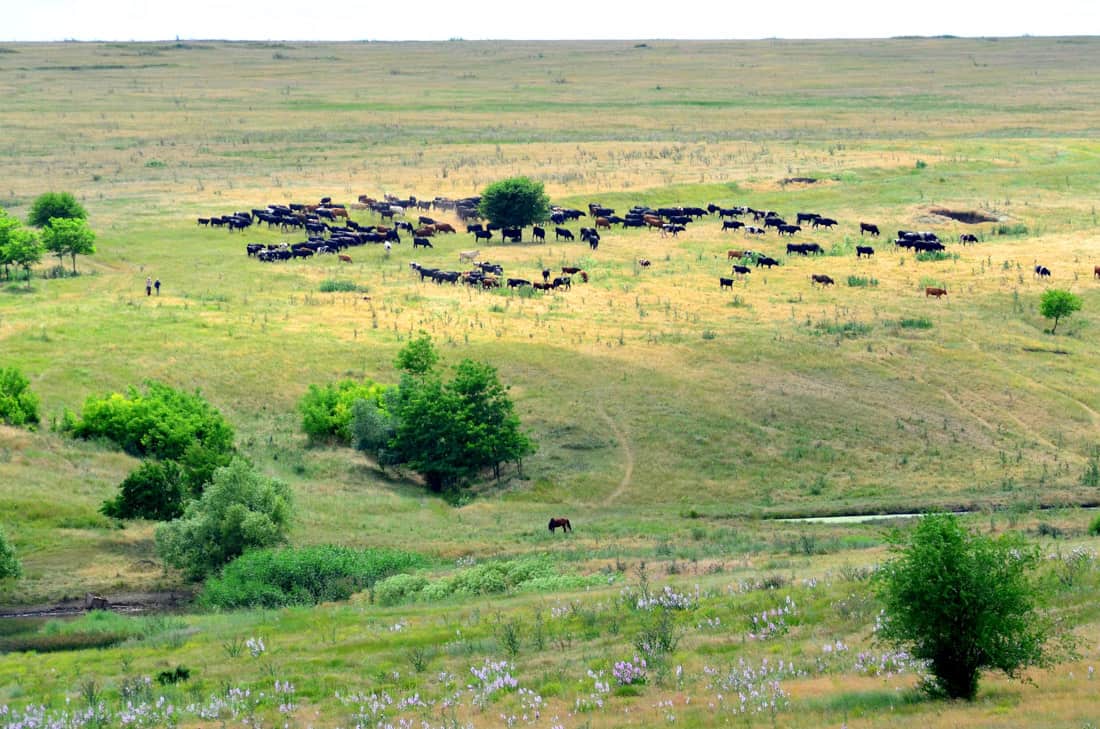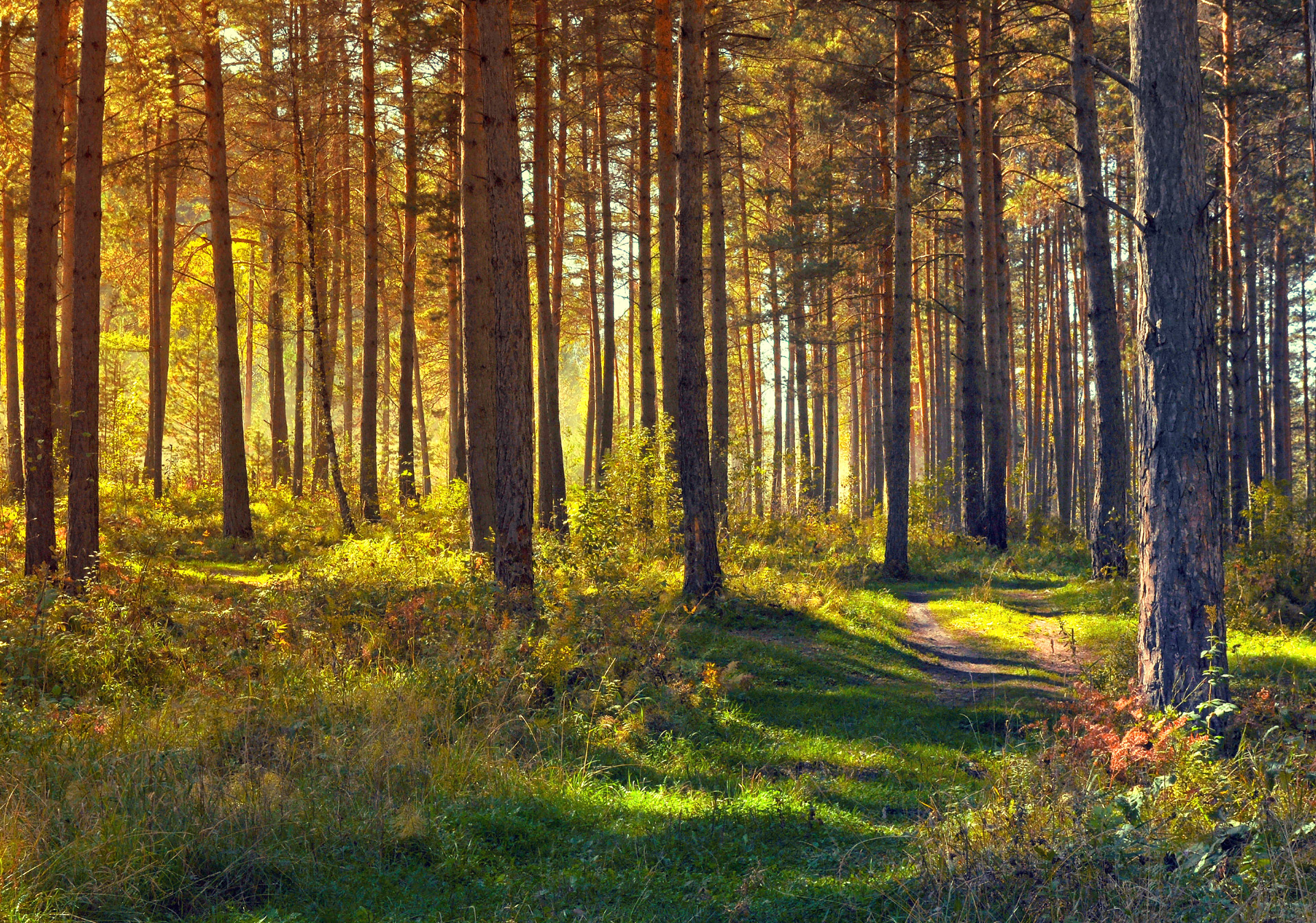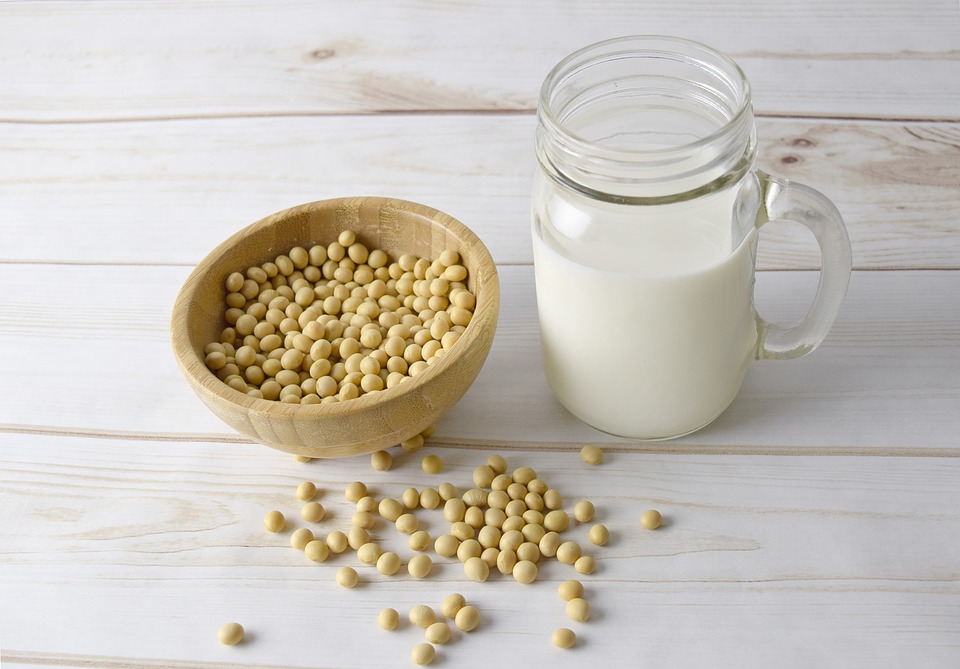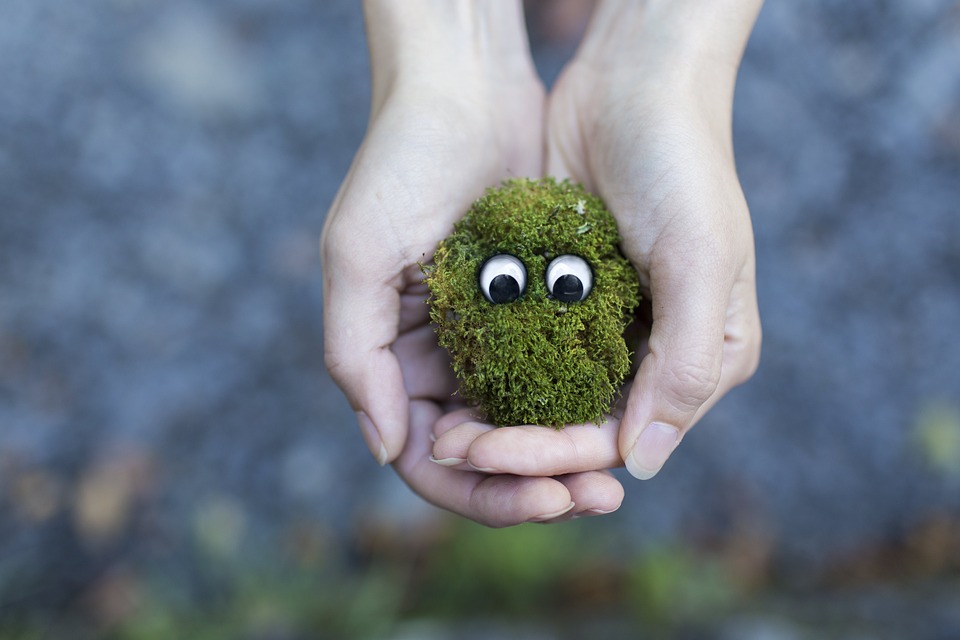Gardening is not always green or environmentally friendly, even if it is part of the green movement. It is sometimes seen as a process of doing your part to help and give back to Mother Earth what you have received. Sustainable gardening helps to maintain the health of your garden and the environment in which you grow your vegetables and fruit.
You may be wondering what a sustainable garden is, to put it simply, a garden that works in harmony with nature. There are many techniques that can improve the health of your garden and minimize any negative impact on the environment.
There are many benefits you can reap from a sustainable garden. Grow food, you want to eat, so you are motivated to keep growing, to grow economically, to make it worthwhile and to make taking care of health and environmental issues a great benefit of sustainable gardening. Not to mention the environmental benefit that the soil will continue to support the cultivation of healthy plants.
Choosing the right plants for your needs can be difficult, especially since you have to consider the limitations or requirements of the space in which you plan to grow your sustainable garden. You should try to find the most appropriate plants that will meet your needs throughout the year and limit your choices to those plants.
You need to keep these tips in mind to get the most out of your sustainable garden:
* Remove all weeds from the garden area before planting and during the growing season.
* Preparing the growing area for ideal plant growth
* Water only the root zone of the plants.
* Cultivate plants in a protected environment for a quick, healthy and solid start.
* Harvest all plants at maturity to avoid letting pests and diseases multiply.
Here are some ideas of plants you should consider in your sustainable garden:
Lettuce
It would be considered a summer vegetable when you grow it in your garden, but you can also grow it indoors and it will give you a year-round supply. Lettuce is an excellent vegetable, especially the many new varieties that can be picked indiscriminately and continue to grow.
Potatoes
Potatoes are excellent to eat because they are a source of carbohydrates and can grow for at least nine months of the year. If you store your potatoes in a cool, dry but dark place, you should be able to keep them in storage for most of the year.
Carrots
It is an excellent vegetable that you can grow all year round, but if your area is too cold to support them during the winter, you can blanch and freeze them.
Onions
Onions are an excellent option for the self-sufficient garden of the house. They keep very well and are excellent producers.
Apple tree
It is a great choice and a source of winter fruits. The advantage of apple trees is that they produce fruit in abundance. If you take care of your apple trees, you can also have apples for most of the year.
Tomatoes
You should definitely take tomatoes because they are the best vegetables that the self-sufficient gardener can grow. They are delicious during the summer months and you can easily grow enough to keep them in the cooler months.
Beans
There are many types of beans, which can be grown for almost six months of the year. Beans are an excellent vegetable that whitens and freezes easily during the winter months.
I hope these tips will help you plan your own sustainable garden. You’ll have fun while stocking your shelves with quality vegetables. It really is a win-win situation.
Happy gardening!
















